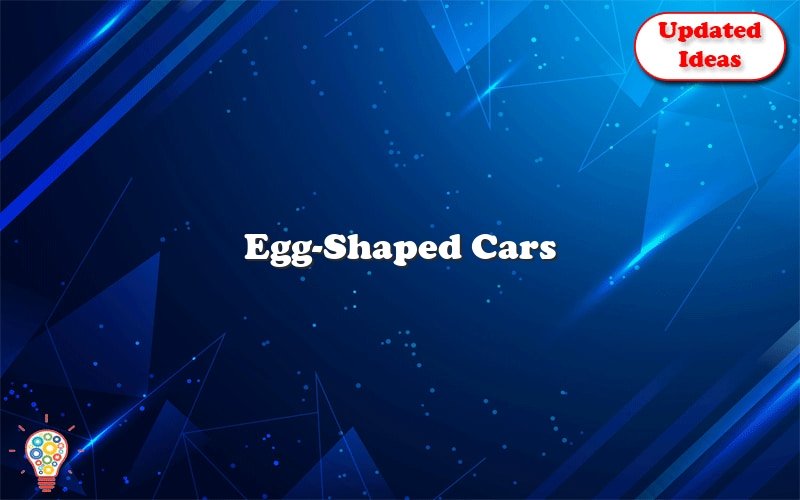Unlike traditional cars, an egg-shaped car is not going to crash into something. Paul Arzens, a French industrial designer, invented the idea of an egg-shaped car. The ‘l’Oeuf’ vehicle was created for the Second World War, when fuel was severely restricted. In 1943, Arzens was able to drive the car around Paris and even got the chance to test it out. The battery packs that power the whole egg-shaped vehicle are lithium-ion and power the electric motors in both of its wheels.
The egg-shaped car became a trend during the 1960s, bringing in many different types of cars. The original Isetta was a sleek, bubble-shaped vehicle. Its success inspired a wave of copycat bubblecar competitors, including the Dutch Hoffman and the German Heinkel. These rivals were briefly in demand before the 1959 BMC Mini was introduced. A few years after the Isetta’s introduction, an eccentric German-born industrial designer created a prototype egg-shaped car called the City-Car. In 2006, he explored the design concept further and made it into a full-size concept car.
In the next few years, a new experimental egg-shaped car called Nissan Pivo will go on sale. The design is similar to the famous ‘UFO’ and ‘Space Shuttle’ but will not be available for sale until 2020. It is an electric vehicle that has three seats and a three-seater inside. The unique design pivots around a central spine. The Pivo can be controlled electronically using wireless and electronic signals.
The Nissan Pivo, which has an egg-shaped body and a front and rear end that pivots 360 degrees, is a three-seater, electric vehicle that pivots from front to rear. The interior is a comfortable three-seater with no mechanical links between the body and the chassis. The driver controls the entire vehicle using a camera in the steering wheel that senses heat. The Nissan Pivo will not be on sale for many years.
The Nissan Pivo is an experimental electric vehicle that pivots to become the front. The Nissan Pivo, an electric three-seater, is not expected to hit the market until at least a few more years. The three-seater electric car is not powered by a gas engine and can only accommodate one passenger. It is powered by electricity and uses electric power. The car can be controlled via wireless and electronic signals. The Nissan Pivo is one the most fascinating models of its type.
The prototype Nissan Pivo car pivots 360 degrees from the front to the rear. It is an electric vehicle with three seats that is powered by an electrical motor. Although the Nissan Pivo isn’t a commercial vehicle yet, it is an impressive prototype that is on the market. Although it will not be readily available, it is a fascinating concept with many potential. This futuristic vehicle is available for purchase at $250,000.
The electric Pivo is a car that pivots from the front to the rear. The car’s back will be the front. If the back pivots, it can also be used as a scooter. The egg-shaped body of the Nissan Pivo is controlled by electronic and wireless signals. The Pivo will be an autonomous vehicle when it is in motion. It will be the first vehicle of its kind.
In 1933, the Dymaxion, an egg-shaped car, was a prototype that was displayed at the World’s Fair. It was an experimental model, and will not be sold for many years. Despite its unorthodox appearance, this egg-shaped vehicle is actually a three-seater and runs on an electric battery. Its top features a visor-like space helmet, and its name derives from its four Es.
Although the car is full of interesting features, it might not be practical for commuters. This unique concept car is a one-person electric vehicle. It only seats one passenger and is not intended to be a full-fledged car. It is an interesting concept. The design is unusual and can be used as a novelty. It is not an affordable option and is not yet available for sale.

